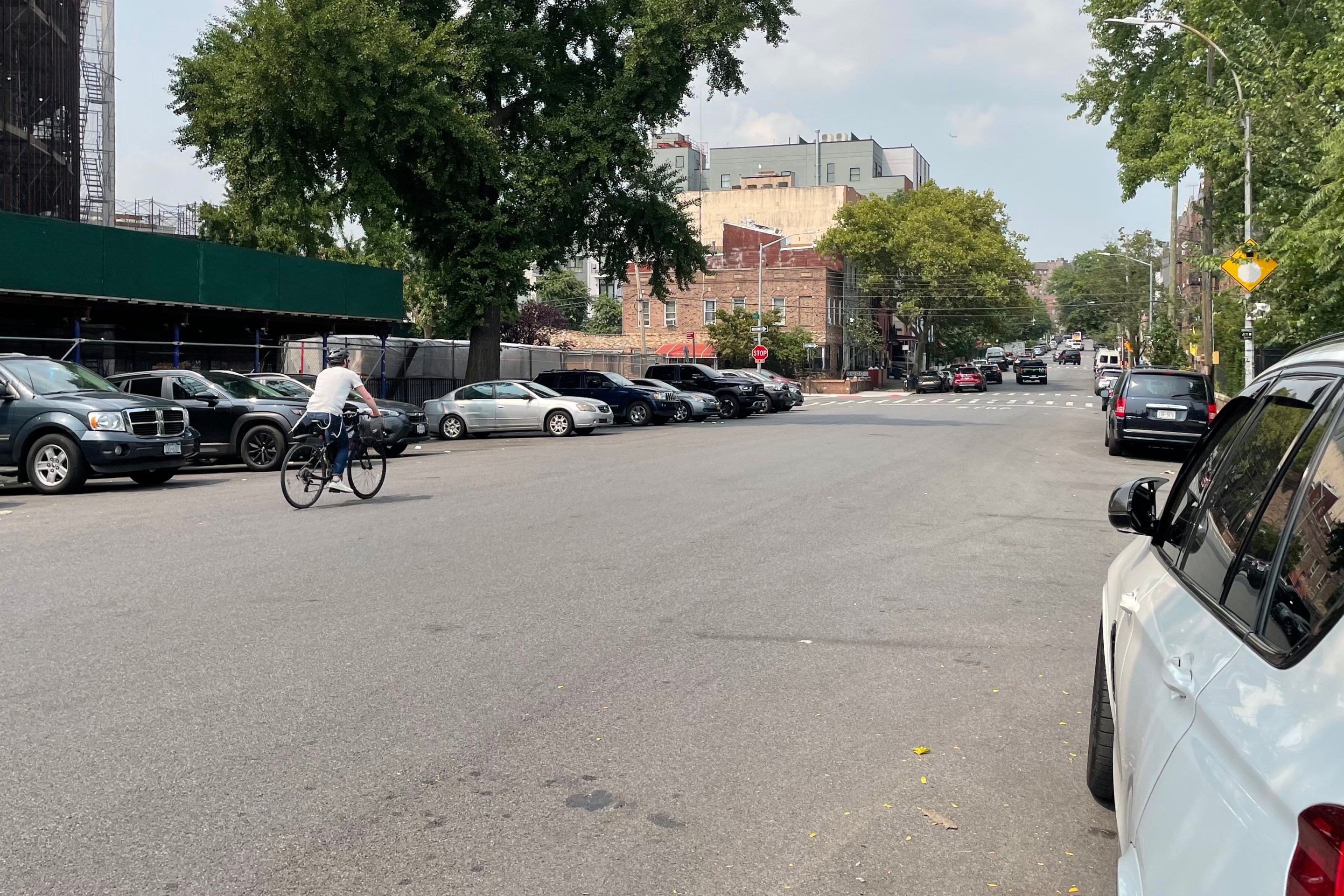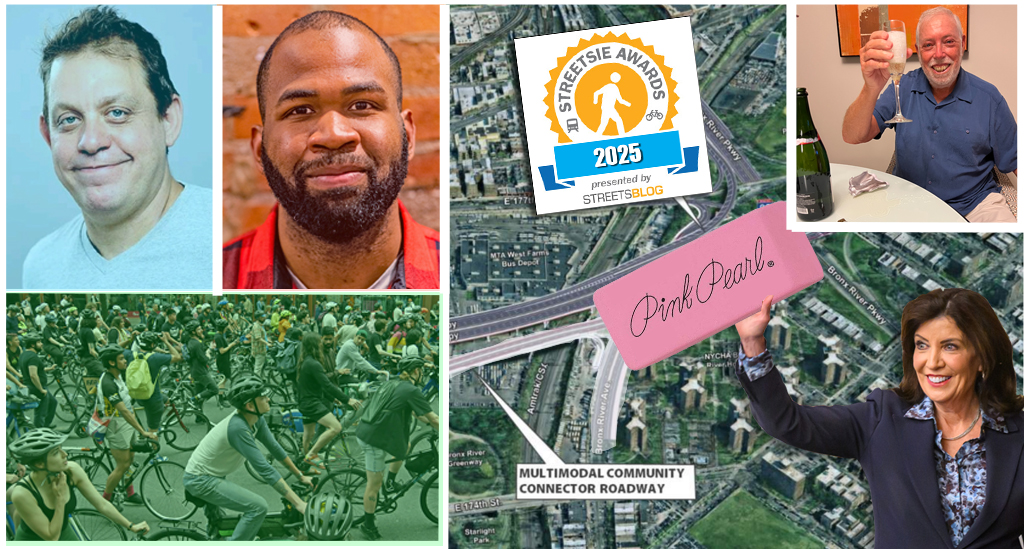What follows is the second installment of an exit interview I conducted with departing Transportation Secretary Ray LaHood on Tuesday. In the first installment, he talked about what he's proudest of, why he decided to leave, and why it's important to fund bike/ped improvements with federal dollars. I also gave him one last chance to duck a question about how to increase revenues. We'll run the third part tomorrow.
Tanya Snyder: Republicans believe that bicycle and pedestrian, and often transit, funding shouldn’t come out of the same protected fund as roads. Do you think that’s an ideological position or do you think that’s industry influence talking?
Ray LaHood: When it comes to transportation, we need to have people with a vision. People that understand that DOT is not just about roads and bridges anymore. It’s about a comprehensive view of transportation. It’s about many different alternatives. The people are way ahead of some of these politicians, and have been. It’ll be up to common, ordinary citizens to convince their leaders -- whether it be mayors or governors or members of Congress -- that a vision for transportation is not restricted to just roads and bridges. It has to be a wide, broad view of many alternatives.
Now, there are Republicans with a vision. [Gov.] Rick Snyder in Michigan accepted high-speed rail money to fix up the route between Detroit and Chicago. [California Gov. Arnold] Schwarzenegger was one of the first governors to accept high-speed rail money. So there are some Republicans that do have a vision about this. We’re going to find out whether any of them are in Congress or not.
But it’ll be up to the people to hold these elected officials’ feet to the fire when it comes to having a vision about transportation that’s more than just about roads and bridges.
TS: When you look at Congress, specifically the Republicans but really Congress in general, how is it different than 10 years ago, or 20 years ago when you started in Congress?
RL: For example, when I served on the Transportation Committee, we passed two [surface transportation] bills in a very bipartisan way. We passed two bills with 75 people on the committee, and everybody voted for it. And this was with a Republican majority! This was with Bud Shuster as the chair of the committee. This was a group of people that did have a vision about transportation.
Now, the resources were there also. We funded almost all of it out of the highway trust fund. It’s different now, because there are limited resources and people have a different view. But there’s still quite a bit of leadership, I think. Certainly there are people with a vision in the group that put together the transportation bill, plussing up the TIFIA program to allow for communities to do big projects was a big step forward.
TS: I wanted to ask about the story behind the TIGER program. How did it come together?






